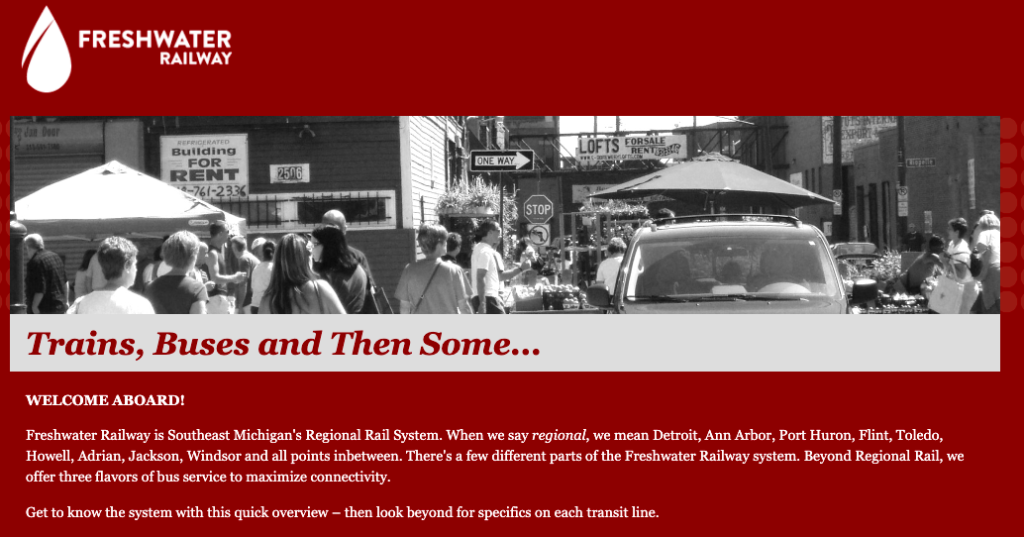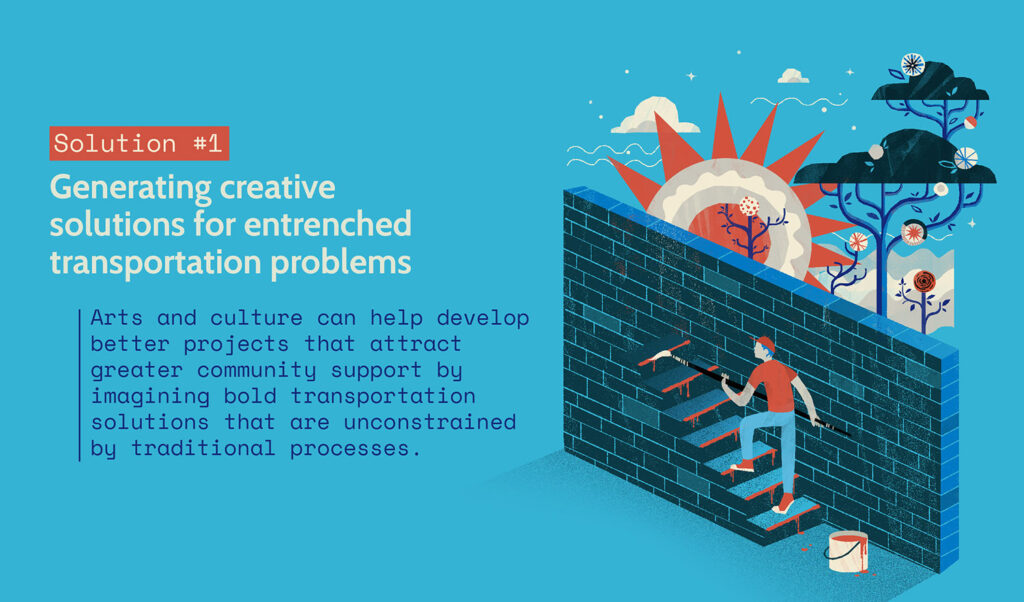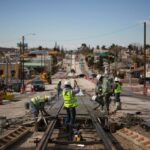Disillusioned with the arduous way transit is developed, a Detroit-based transit professional, Neil Greenberg, dreamed bigger and imagined a fictional commuter rail system for Michigan that bypassed the uninspired, constrained transit planning process. Through a detailed website, Greenberg presented a new concept to the public and shifts the process away from the usual restrictions and towards solving problems.
The challenge
When it comes to building transit, it often starts with debuting a “grand plan” which typically includes some big, ambitious renderings, but is actually a fairly limited plan. From the start, these types of plans are created to anticipate all of the potential constraints and reasons why you can’t think bigger.1
After plans are released, there is a long period of questioning—by supporters and opponents alike—that too often leads to the plan falling apart, and a number of years passing before someone tries it all over again.
In Michigan, (like many states in the US) transit service falls short in meeting community needs and making inter-city connections. Detroit-based transit professional Neil Greenberg saw an opportunity to imagine a system that bypassed the typical approach to developing transit.
The project
In 2011, Greenberg decided to invent a fictional commuter rail system for Michigan, called Freshwater Railway to connect Detroit, Lansing, and Grand Rapids. As the website, which is still live, states, “Freshwater Railway is Southeast Michigan’s Regional Rail System. With the new Coast-to-Coast Line, Michigan’s big cities are at your fingertips.”
The website gets into the details; outlining fare information, train schedules and routes, but never clearly indicates that this system does not actually exist, nor that there isn’t a true plan to create it. Instead, the project was devised to “charge past the usual barriers to transit.”
Freshwater Railway portrays high-quality transit as a living, breathing slice of reality. Instead of eye-popping price tags and tired political subplots, Freshwater Railway shows a transit system as, well, a transit system. With meaningful visual aids, the whole concept takes on a new dimension. Undertones about transit change from “why can’t we” to “how can we.
Neil Greenberg, creator of Freshwater Railway
The results
Artistic practice, whether used by artists, designers, transportation planners, or advocates, can help generate new ideas. By creating an imaginative, inventive project unconstrained by the usual limitations that produce ineffective transit projects that fail to capture the public imagination or meet their needs, Greenberg sought to advance three ideas that challenge the status quo:
- One, that the average Southeast Michigander will only get behind transit when there’s something credible to get behind.
- Two, that looks matter—transit does not have a favorable reputation around here; it will only succeed if we treat it as a consumer product.
- Three, that transit is a complex business with a lot of moving parts.
- Greenberg, N. (2011, December 20). Mapping Detroit’s Future: Critical Mass Transit Imagined. Model D Media.






